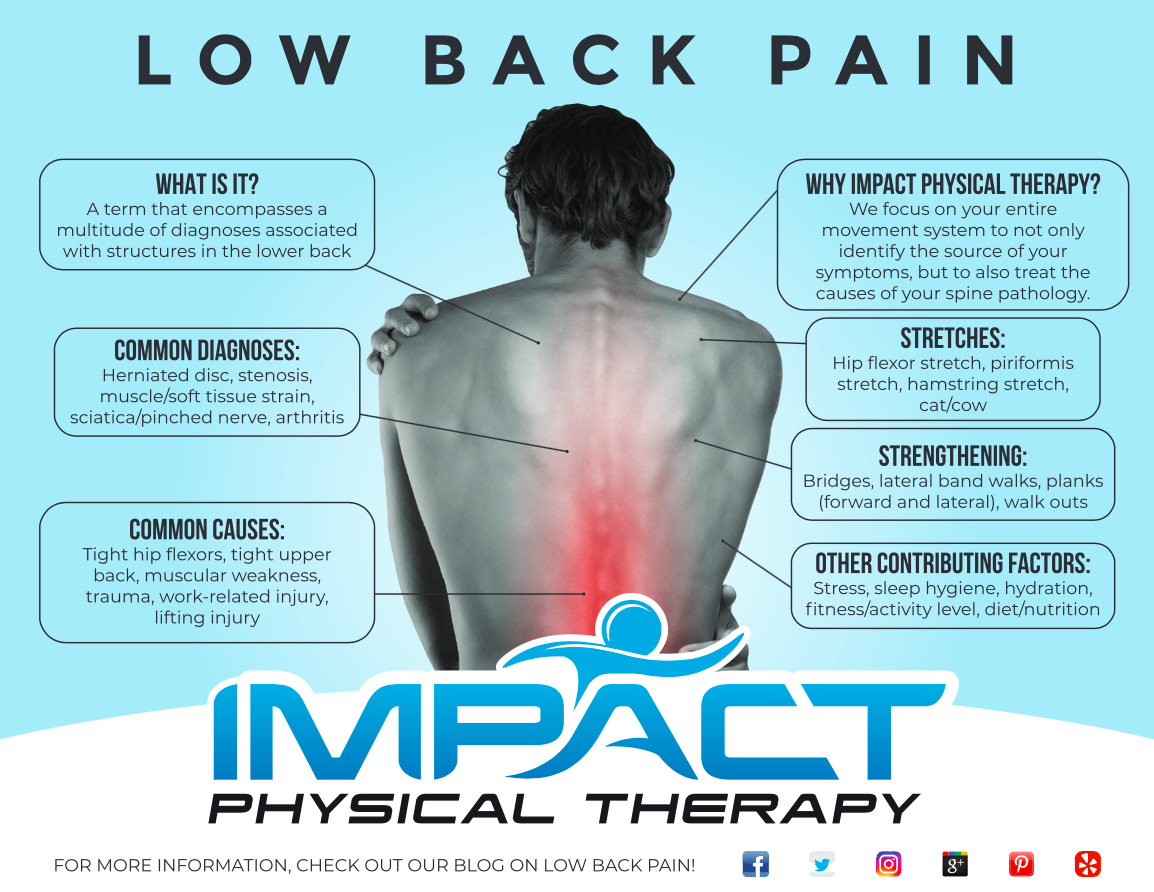In an age where movement is often affected by technology, injury, or aging, physical therapy emerges as a light for individuals seeking reclaim their mobility and enhance their standard of life. This blend of creativity and science focuses on restoring function through personalized care, enabling patients to overcome pain, recover from injuries, and reach their physical potential. But what precisely is physical therapy, and how can it change lives?
Whether you are an sports person aiming to boost performance, a senior wanting to preserve independence, or someone managing chronic pain, the advantages of physical therapy reach far past mere injuries recovery. From knowing what to look forward to at your first appointment to discovering specialized treatments for issues like arthritis, nerve pain, or stroke recovery, this guide will reveal the myriad ways physical therapy can enhance your life. Understanding when and how to request help can pave the way for a healthier, more active future.
Grasping Physical Therapy
Movement rehabilitation is a medical profession centered on evaluating, diagnosing, and treating individuals with movement limitations or mobility issues. It combines science, evidence-based practices, and a hands-on method to assist patients recapture function, alleviate discomfort, and achieve maximum well-being. With a variety of strategies, physical therapists guide patients through personalized exercise regimens, manual therapy, and knowledge, enabling them to handle their conditions proficiently.
One of the essential elements of physical therapy is its integrated perspective. It acknowledges that recovery is not just about the physiological aspect; it also takes into account the psychological and mental well-being of individuals. By taking into account individual needs and lifestyle factors, physical therapists design personalized care strategies that address alleviating discomfort, safeguarding against injuries, and functional improvement. This holistic approach is what makes physical therapy a crucial asset in multiple healthcare environments.
Physiotherapy is beneficial to diverse populations, from sportspeople recovering from athletic injuries to elderly individuals seeking to preserve mobility and independence. It plays a important role in healing after operations or damage, helping patients reestablish power and self-assurance in their skills. By improving https://output.jsbin.com/vicuvakafe/ and addressing concerns like chronic pain and body mechanics, physical therapy not only assists in healing but also encourages holistic health and life quality.
Benefits of Physical Therapy
Physical therapy offers a multitude of benefits that extend beyond simple injury recovery. One significant plus is its role in pain management. Through personalized exercise regimens and physical techniques, physical therapists can aid alleviate long-lasting pain and improve overall capability. This tailored approach allows clients to regain control over their pain, often reducing the need for medication or invasive procedures.
Another crucial benefit of physical therapy is its impact on flexibility and flexibility. As we age or recover from injuries, we may experience stiffness or reduced flexibility. more info here use various exercises and modalities designed to enhance mobility, making it more convenient to perform daily activities. Improved flexibility not only contributes to a better quality of life but can also prevent subsequent injuries by ensuring that the body is prepared for physical demands.
Additionally, physical therapy plays a vital role in damage prevention and rehabilitation. Whether for athletes or individuals in daily life, a trained therapist can identify strengths and weaknesses in physical movements. By tackling these issues through tailored interventions, physical therapy helps clients avoid injuries while promoting peak physical performance. This anticipatory approach is essential for maintaining long-term health and wellness.
Focused Applications of Physical Therapy
Physiotherapy is not a generic treatment; it includes various tailored methods that cater to particular needs and conditions. Youth physical therapy focuses on to help children surmount developmental challenges and disabilities. Tailored techniques and exercises are designed to enhance motor skills, balance, and coordination, empowering children to thrive in their daily activities. This individualized approach responds to the unique physiological and emotional needs of child patients, encouraging not only physical development but also self-esteem and confidence.
An additional important area is senior physical therapy, which aims to help older adults maintain their independence and mobility. As individuals age, they may experience decreased strength, balance issues, and chronic pain, which makes it difficult to perform everyday tasks. see this website individualized programs that focus on improving strength, balance, and flexibility, supporting seniors in leading active lives while reducing the risk of falls and injuries. This specialized care is vital for enhancing their overall quality of life.

Water-based therapy is another specialized form of physical therapy that can provide significant benefits, particularly for those with pain or mobility issues. The buoyancy of water reduces stress on joints and muscles, allowing patients to perform exercises with less discomfort. This form of therapy is especially beneficial for individuals recovering from surgery or those with chronic pain conditions. By utilizing the properties of water, aquatic therapy encourages movement and rehabilitation in a supportive environment, aiding clients achieve their mobility goals effectively.
